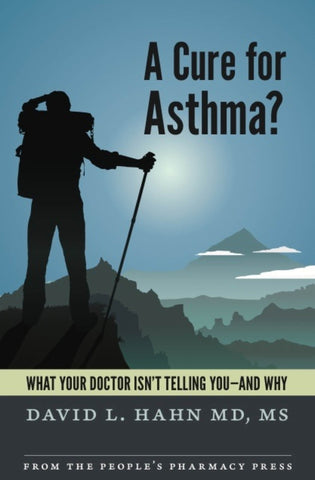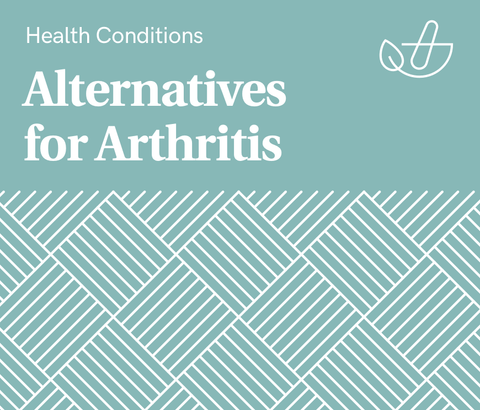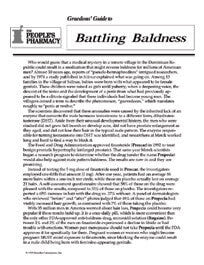Link to your individual collections by creating a new linklist in the Navigation section of the admin.
You can then have it appear here by choosing your new linklist under Customize Theme / Sidebar.

Show 1367: How to Evaluate Prescription Drugs
In this week’s interview, Dr. Aaron Carroll of Indiana University discusses what we should take into account when we evaluate prescription drugs. How can we tell if the benefits would outweigh the risks for us?
How We Evaluate Prescription Drugs:
Pharmaceutical companies spend years and millions of dollars to evaluate the drugs they develop. Then they present the FDA with the results of at least two (rarely more) randomized controlled trials (RCTs) to provide evidence that the medicine they want approved works and is not too risky. Parsing those RCTs is important, and we will discuss some of the most useful tools. But first, we ask Dr. Carroll about how people may use their personal experience to weigh a drug’s pros and cons.
In a Guest Essay for the Opinion section of the New York Times, Dr. Carroll shares his own involvement with two issues that many people do not understand well–depression and obesity. He titled it “What Obesity Drugs and Antidepressants Have in Common.” What they have in common is not the mechanism of action, the chemistry or other scientifically determined properties. Rather, both can carry a stigma. Americans often believe that one should be able to “eat less and exercise more” if obesity is a problem. For depression, the attitude is often “Cheer up!” or “Pull yourself up by your bootstraps.” (Never mind that this is physically impossible; it’s a popular metaphor.)
One more commonality between antidepressants and the new weight loss drugs: we don’t really know how they work. Yes, we have a name for an entire category of antidepressants that describes a purported mechanism, the selective serotonin re-uptake inhibitors. But research has not confirmed that these drugs actually fight depression by leading to a buildup of the neurotransmitter serotonin in the brain. (For more details on that, you may wish to listen to Show 1318: Challenging Dogma About Alzheimer Disease and Depression.)
What difference does it make whether or not we know the way a drug works? Perhaps the effect is primarily psychological. Someone who doesn’t understand how a medicine affects the health condition in question may be reluctant to try it.
Personal Experience Helps When We Evaluate Prescription Drugs:
Ultimately, a patient’s experience with the medication is what matters. If a doctor prescribes a medicine but the patient discovers that they suffer overwhelming or unacceptable side effects while taking it, the judgment will be that the drug is not helpful. On the other hand, even if a person doesn’t expect much from a prescription, if it helps they are likely to keep taking it. Dr. Carroll describes his reluctance to try an antidepressant as well as his dismay at having his weight climb despite an excellent, careful diet. Utilizing medicines to treat these problems has made his life better.
Is It Cheating?
Some people have the feeling that taking a prescription to treat depression or achieve weight loss is cheating. Oddly, they don’t seem to feel the same way about taking a blood pressure pill, thyroid hormone or an antibiotic. The important thing that we need to consider is not whether a medication is “cheating,” but rather whether it is helpful. Does the benefit outweigh the risk? The answer may vary from one person to another, but the RCTs do offer some guidelines.
Statistical Tools to Evaluate Prescription Drugs:
Every research report will include some indication of how well the medicine performed. Usually this is a comparison between people on the drug and those on placebo. The issue is how often they suffered a particular bad outcome.
Absolute vs. Relative Risk Reduction:
Ideally, the report will give us actual numbers. How many people were in the trial and how many got the treatment? Tallying up the outcomes in the various groups and dividing by the number of people in the group yields an absolute risk. The difference between the groups shows the absolute risk reduction.
That number is important, but it is not usually the number that you will find in a news account of the study. Reporters often emphasize the relative risk reduction. Generally, this is a much bigger number, but without knowing the absolute risk of the condition, it is mostly meaningless.
NNT and NNH:
Once you know the absolute risk reduction, you can calculate how many patients would have to take a medicine for one person to get a benefit. This is called the “Number Needed to Treat” or NNT. The lower the NNT, the more likely it is that a given patient will benefit. Conversely, the “Number Needed to Harm” or NNH expresses the risk of a side effect associated with the use of the medicine. Knowing what these numbers mean is critical when we evaluate prescription drugs.
Ultimately, we want evidence-based medicine. Both experiments and experience provide valuable evidence to determine how helpful a medication may be.
This Week's Guest:
Aaron E. Carroll, MD, MS, is a Distinguished Professor of Pediatrics at Indiana University School of Medicine. He is Bicentennial Professor, Associate Dean for Research Mentoring, and Chief Health Officer of Indiana University. He blogs on health research and policy at The Incidental Economist and is a regular contributor to Opinion and the Upshot for The New York Times. Dr. Carroll’s most recent book is The Bad Food Bible: How and Why to Eat Sinfully.
The photograph of Dr. Carroll is copyright Marina Waters.
 Dr. Aaron Carroll[/caption]
Dr. Aaron Carroll[/caption]




